How to Choose a Backrest
This blog post is about sitting with a backrest, which could be the back part of a chair, or something added to the chair for additional support and comfort.
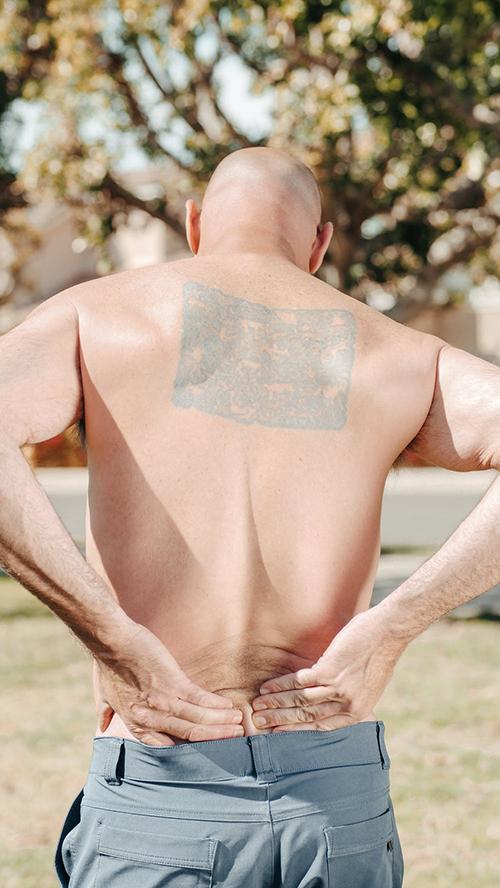
A well-designed backrest can contribute to a healthier back—but a poorly designed one can cause tension and pain. Pexels
Support and relief
Virtually any backrest will give relief that a tired back will appreciate. Support is certainly preferable when we sit for longer periods of time to enjoy reading, TV, a movie, or, if we are lucky, live theater.
With the trunk slightly inclined against a backrest, there is less compressive force due to gravity acting on the spine. In addition, the trunk stabilizer muscles get a break. When we are driving or traveling by plane or train, a backrest also confers additional protection from vibration or any untoward impact.
Backrests can certainly improve your comfort but it is also true that many do more harm than good. It makes sense to be discerning about your backrests and to understand the ways in which they can help or hurt.
Shaping your back
There is unfortunately a significant disadvantage that is built into most modern backrests. A backrest will shape your back as you lean into it and almost all backrests introduce excess curvature, with a significant concave curve in the lower back (lumbar area) and a significant convex curve in the upper back (thoracic area). This is driven by the incorrect paradigm of the S-shaped spine.
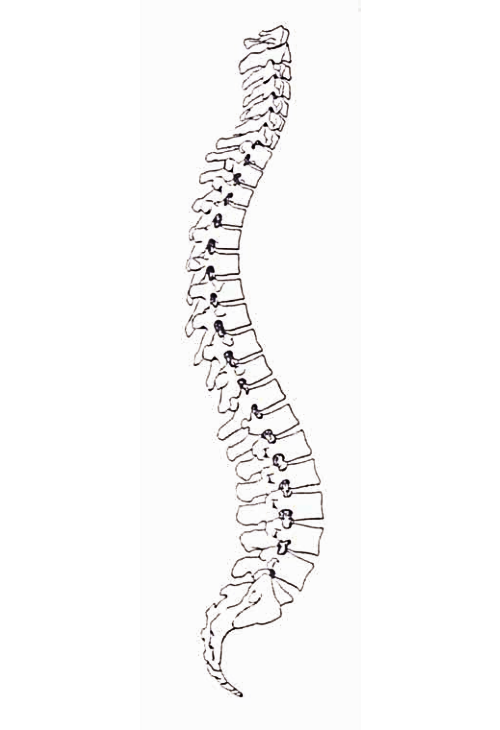
This medical illustration of a spine (1990) is S-shaped, displaying the excessive curvature that can result in pinched nerves and compressed intervertebral discs. Traite d'Anatomie Humaine
This spinal shape is considered to be normal (as well as ideal) in today’s conventional wisdom. Physical therapists and medics are taught this S-shape paradigm, which is explained in detail in my book, 8 Steps to a Pain-Free Back, and in our blog post Which Shape is Your Spine?
The S-shaped spine has become the concept that determines the design of our furniture, including backrests for chairs and car seats.

Most backrests follow the S-shaped spine paradigm and are designed to give “lumbar support.” This creates exaggerated curvature and compression in the lumbar spine.
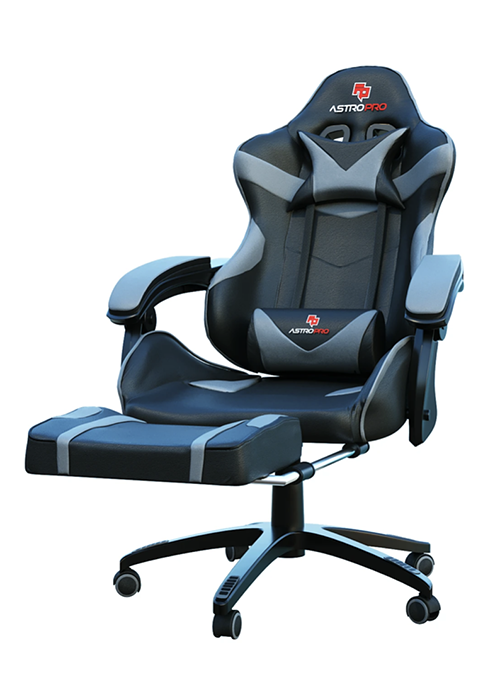
Office and gaming chair backrests are often engineered with exaggerated contours. These distort the spine’s natural alignment. Such excessive curves curtail the spine’s ability to lengthen.
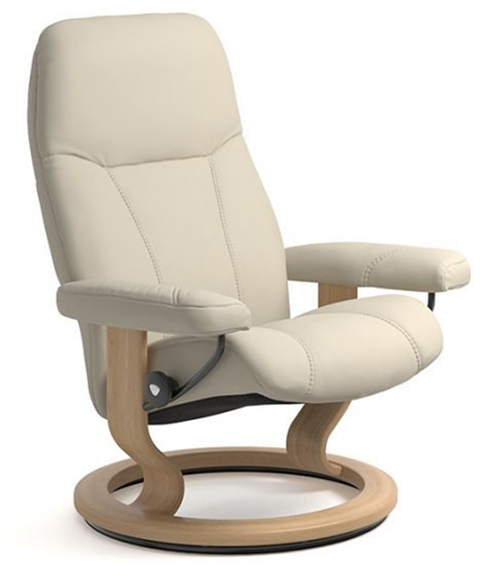
This style of easy chair has less drastic curves but will still result in some lumbar and upper back distortion; it also pushes the shoulders and head forward. Back2.co
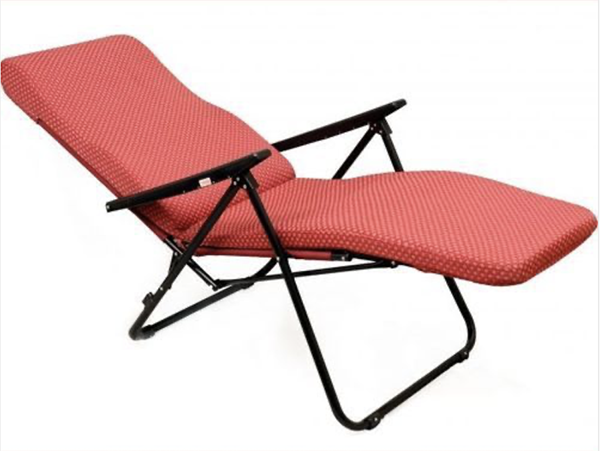
This lounger has a mild thoracic curve which still encourages the upper back to round.
What you want is a backrest that reflects and promotes the healthy spinal shape that we all enjoyed as toddlers and is still prevalent in many nonindustrialized areas of the world. The shape of a modern letter “J” is a good shorthand to describe this relatively straight alignment of the vertebral column and the pronounced angle at the lumbosacral junction. Unlike the S-shaped spine, there is no exaggerated lumbar sway or thoracic curvature. You can see this shape embodied in the Ubong hunter’s torso shown below. It is J-shaped rather than S-shaped.
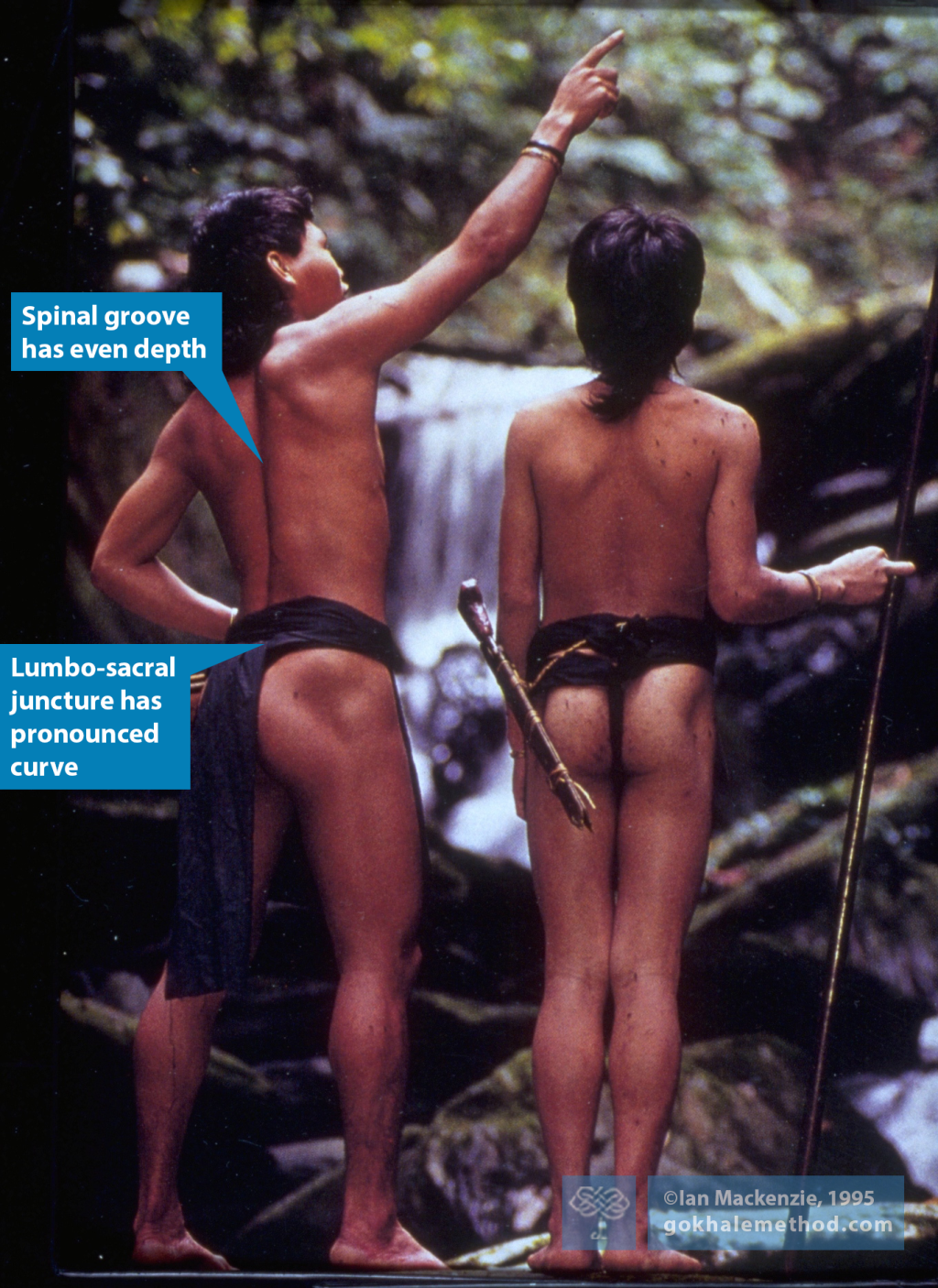
These Ubong tribesmen have a J-spine.
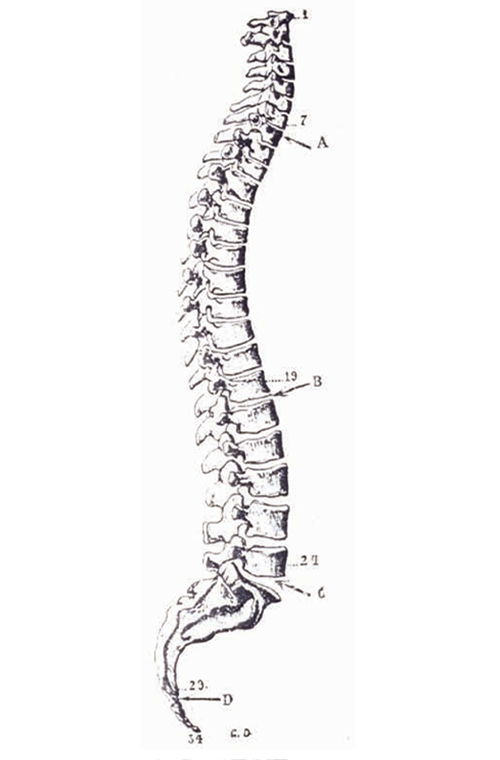
This medical illustration from 1911 more closely depicts the J-shape spine rather than the S-shape of modern conventional wisdom. The only pronounced curve is at the L5/S1 junction at the base of the spinal column.
A backrest with gentle traction
Beyond supporting a healthy J-shape in your spine, ideally a backrest would also stretch your spine, especially in the lumbar area. With a little know-how you can get hours of therapeutic traction into your day, reducing pressure on your spinal discs and nerves and improving circulation in the surrounding tissues. We call this combination of healthy shape and traction stretchsitting.

This schoolboy in Brazil has healthy posture and instinctively uses the backrest to stretchsit, lengthening his spine.
How to choose a backrest
- If your chair’s backrest already offers some friction (e.g., textured fabric) and you don’t mind adjusting it when you sit, a folded towel can serve you adequately for stretchsitting. This video will show you how.
- Our Stretchsit® Cushion creates healthier contours and provides traction with its soft, grippy nubs. It comes with extension straps that hold its position without repeated adjustments.
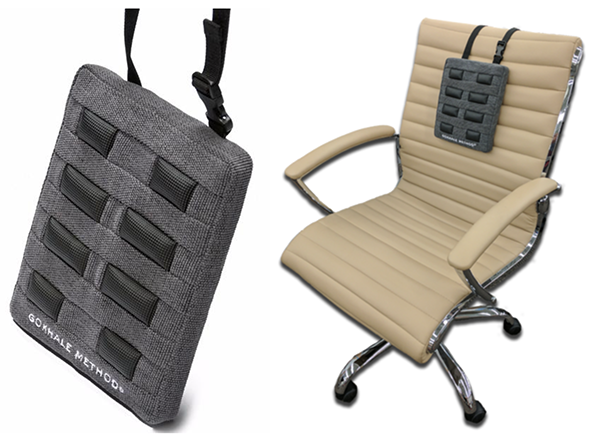
The Gokhale Method Stretchsit® Cushion comes with adjustable straps and can transform most chairs and car seats.
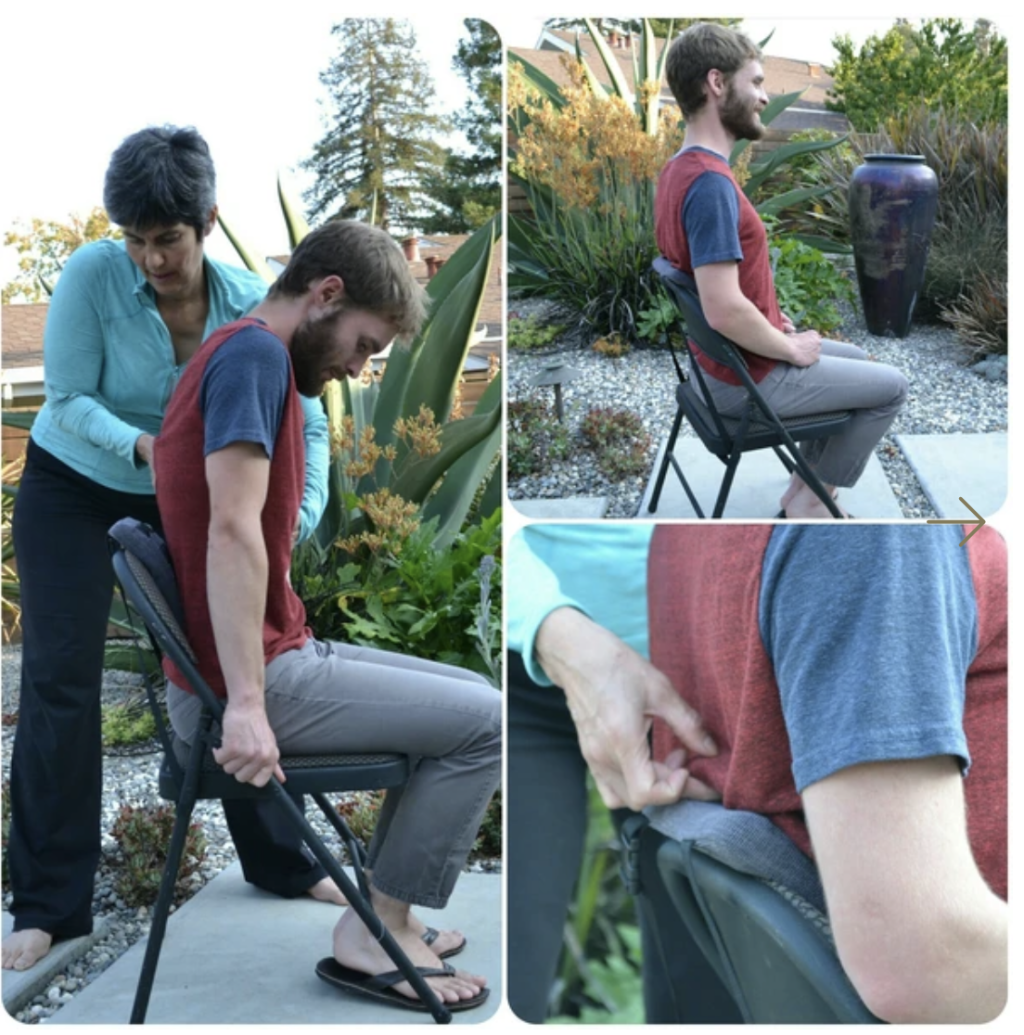
Teaching stretchsitting with a Gokhale Method Stretchsit® Cushion on a folding chair.
- The Gokhale Pain-Free™chair is designed to provide healthy contours and traction for stretchsitting. It has the additional advantage of having a built-in wedge, a waterfall front, and other features making it suitable for stacksitting (sitting without a backrest).

The Gokhale Pain-Free™chair has a custom forged “back upright” (the metal piece that goes between the seat pan and the backrest) to allow your behind to be behind. This allows your spine to have a healthy J-shape. The backrest has sticky nubs sewn into it to provide therapeutic gentle traction.
Free Online Workshop
If you would like to find out more about healthy sitting, including using a backrest, sign up for my FREE Online Workshop.

Comments
When I got my chair, I was…
When I got my chair, I was uncertain about the back height. The salesperson mentioned that they could always shorten it, but not make it taller. So, we opted for the tallest option that fit my needs without being excessive.
The backrest sits just under my armpits and shoulder blades, allowing me to move my arms freely and turn without obstruction. It also provides essential support for my back, which is important to me. Overall, it has worked out well. While it can be noticeable at times, it doesn’t interfere with my movements. I also have someone who pushes me frequently, so I attached extendable push handles to the back bars. They are positioned further back, which keeps them from adding height to the backrest or causing any issues.
As far as I know, if I wanted to lower the backrest, it would just involve cutting the top of the bars and adjusting everything attached. Since I don’t have a solid backrest, this would be straightforward.
I suggest thinking about what you want from the backrest. Do you need to lean against it? If so, consider how high it should be for your comfort. Will someone be helping to push you? If so, think about the height of the push handles for their convenience. It might be helpful to sit in a few chairs with varying back heights to see how they feel and determine the right height for support. brawl stars online
Once you have a clearer idea of where you want the support on your back, you can measure that area. I would guess it’s from the bottom of your seat when sitting down, but I’m not entirely sure. This way, you'll have a better understanding of where the backrest will actually sit on you, rather than just relying on a number.
Add New Comment
Login to add commment
Login